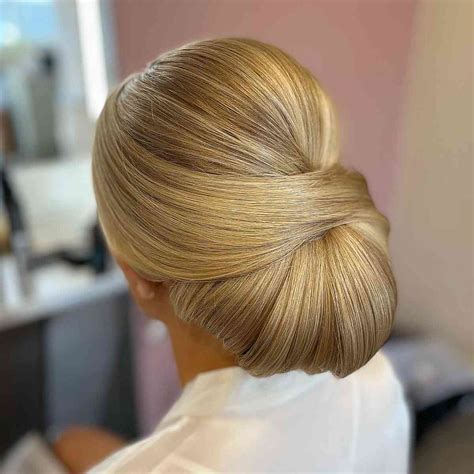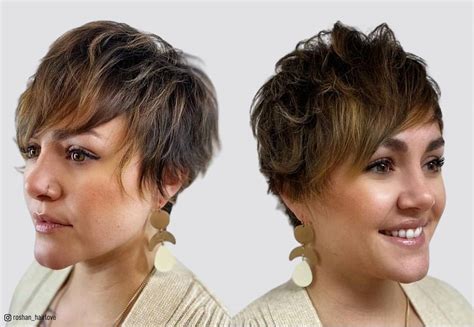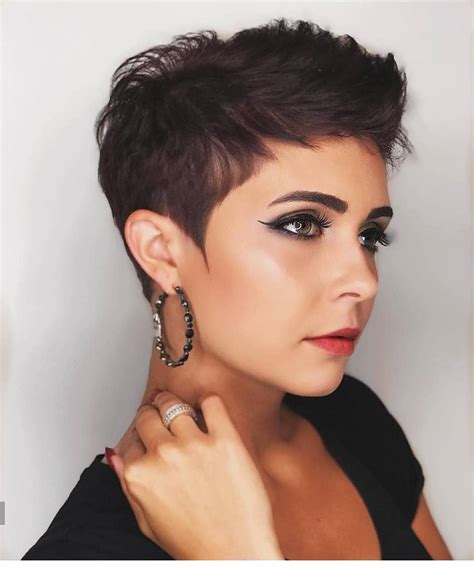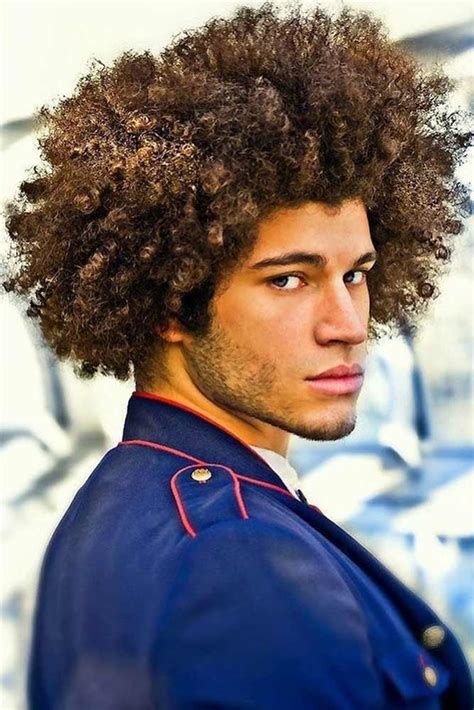Discover the best techniques for understanding, determining, and managing your hair porosity. Get tips for moisturizing, choosing products, and styling based on your porosity level.
Understanding Hair Porosity
Contents
Hair porosity refers to the hair’s ability to absorb and retain moisture. It is an important concept to understand as it determines the kinds of products and techniques that will work best for your hair. There are three main categories of hair porosity: low, medium, and high. Low porosity hair has tightly closed cuticles, making it difficult for moisture to penetrate. Medium porosity hair has a looser cuticle layer, allowing it to retain moisture relatively easily. High porosity hair has open cuticles, resulting in difficulty retaining moisture. Understanding your hair’s porosity level is crucial in establishing an effective hair care routine.
One way to determine hair porosity is to perform a simple water test. Take a strand of clean hair and place it in a glass of water. If it floats, your hair likely has low porosity. If it sinks slowly, you likely have medium porosity hair. If it sinks quickly, your hair probably has high porosity. Another method is the slip and slide test, where you run your fingers up a strand of hair. If it feels smooth, you likely have low porosity hair. If it feels rough, you probably have high porosity hair. Understanding your hair’s porosity can help you tailor your hair care routine to its specific needs.
Moisturizing techniques are crucial for low porosity hair as the tight cuticle layer makes it difficult for moisture to penetrate. To effectively moisturize low porosity hair, it is important to use lightweight products that can easily penetrate the cuticles. This includes using water-based moisturizers, leave-in conditioners, and steam treatments to help open the cuticles and allow moisture to enter the hair shaft.
On the other hand, high porosity hair requires products and techniques that can help retain moisture. This includes using heavier, oil-based products to seal the cuticle and prevent moisture from escaping. Additionally, using protein treatments can help strengthen the hair and reduce porosity levels. It is important to be mindful of the products and techniques that are best suited for your hair’s specific porosity level in order to maintain healthy and moisturized hair.
Understanding your hair porosity is the first step in establishing a proper and effective hair care routine. By determining your hair’s porosity level, you can choose the right products and techniques that will work best for your hair, ultimately leading to healthy, moisturized, and well-maintained locks.
Determining Your Hair Porosity
Understanding your hair porosity is an essential step in creating a personalized hair care routine. The porosity of your hair determines how well it can absorb and retain moisture, as well as how it reacts to different hair products.
One way to determine your hair porosity is by performing the water test. This simple test involves taking a few strands of clean hair and placing them in a bowl of water. If your hair strands float on the surface, it indicates low porosity. If they sink to the bottom, your hair has high porosity. Hair strands that float in the middle have normal porosity.
Another method for determining hair porosity is the strand test. Take a single strand of hair and run your fingers along the length of the hair. If your fingers catch on the hair, it suggests high porosity. If the strand feels smooth, your hair likely has low porosity.
Once you have determined your hair porosity, you can tailor your hair care routine to better meet the needs of your hair. This includes selecting the right hair products and styling techniques that work best for your specific porosity level.
Moisturizing Techniques for Low Porosity Hair
Moisturizing Techniques for Low Porosity Hair
If you have low porosity hair, you may have noticed that it can be quite challenging to keep your hair moisturized. This is because the cuticles of low porosity hair are tightly closed, making it difficult for moisture to penetrate. However, there are several techniques that can help you effectively moisturize your low porosity hair and keep it healthy and hydrated.
One effective moisturizing technique for low porosity hair is using steam treatments. The heat from the steam helps to open up the tightly closed cuticles of low porosity hair, allowing moisture to penetrate more easily. You can do a steam treatment at home by using a handheld hair steamer or by simply sitting in a steamy bathroom for a few minutes after applying a deep conditioner to your hair.
Another technique for moisturizing low porosity hair is to use lightweight, liquid-based products. Heavy creams and butters can sit on the surface of low porosity hair without being fully absorbed, so it’s best to opt for lighter products such as leave-in conditioners, hair milks, and moisturizing mists. These products are easily absorbed by the hair, providing much-needed moisture without weighing it down.
It’s also important to regularly clarify your low porosity hair to remove any product buildup that may be preventing moisture from reaching your strands. Using a gentle clarifying shampoo once a month can help to keep your hair free from buildup and allow your moisturizing products to work more effectively.
Finally, incorporating regular deep conditioning treatments into your hair care routine can help to keep your low porosity hair moisturized. Look for deep conditioners that are specifically formulated for low porosity hair, and use them on a weekly basis to provide your hair with the extra hydration it needs.
Choosing the Right Products for High Porosity Hair
High porosity hair is prone to damage and breakage due to its ability to absorb too much moisture. It is important to use products that help to seal the cuticles and retain moisture in the hair shaft. Look for products that are designed specifically for high porosity hair, such as leave-in conditioners, sealants, and heavy creams.
When choosing hair care products, opt for those that contain ingredients such as shea butter, coconut oil, and jojoba oil, as these can help to nourish and moisturize the hair. These ingredients are known for their ability to penetrate the hair shaft and strengthen the strands from within, which is essential for high porosity hair.
Another important factor to consider when choosing products for high porosity hair is to avoid those that are too harsh or contain sulfates, alcohol, and silicones. These ingredients can further strip the hair of its moisture, leading to dryness and brittleness. Instead, look for products that are formulated with natural and gentle ingredients to help nourish and protect high porosity hair.
In addition to hair care products, it is also important to pay attention to the styling products you use for high porosity hair. Consider using a moisturizing styling cream or gel that can help to define and hold your curls without weighing them down. Look for products that provide long-lasting moisture and hold to prevent frizz and breakage.
Overall, choosing the right products for high porosity hair involves selecting those specifically formulated to nourish, moisturize, and protect the hair from further damage. By using hydrating and gentle ingredients, you can help to maintain the health and integrity of your high porosity hair, resulting in strong, moisturized, and manageable locks.
Styling Tips for Different Hair Porosity Levels
Understanding your hair porosity is crucial in determining the best styling tips that will work for your hair type. Depending on whether you have low, medium, or high porosity hair, your styling routine will need to be adjusted accordingly.
For individuals with low porosity hair, it’s important to use lightweight styling products that won’t build up on the hair shaft. Opt for products that are water-based and easily penetrates the hair cuticles. Avoid heavy oils and butters that can weigh the hair down and cause buildup.
On the other hand, those with high porosity hair should focus on sealing in moisture to prevent dryness and frizz. Look for creamy leave-in conditioners and styling creams to help nourish and define the hair. Also, using heavier oils and butters can help to lock in moisture and reduce porosity.
For individuals with medium porosity hair, you have the flexibility to use a wider range of products. However, it’s important to focus on maintaining a balance of moisture and protein in the hair. Using lightweight leave-in conditioners and natural oils can help keep the hair healthy and manageable.
It’s important to note that finding the right styling routine for your hair porosity may require some trial and error. Pay attention to how your hair responds to different products and adjust your routine as needed. Additionally, incorporating regular deep conditioning treatments and protective styling can help maintain the overall health of your hair, regardless of its porosity level.












